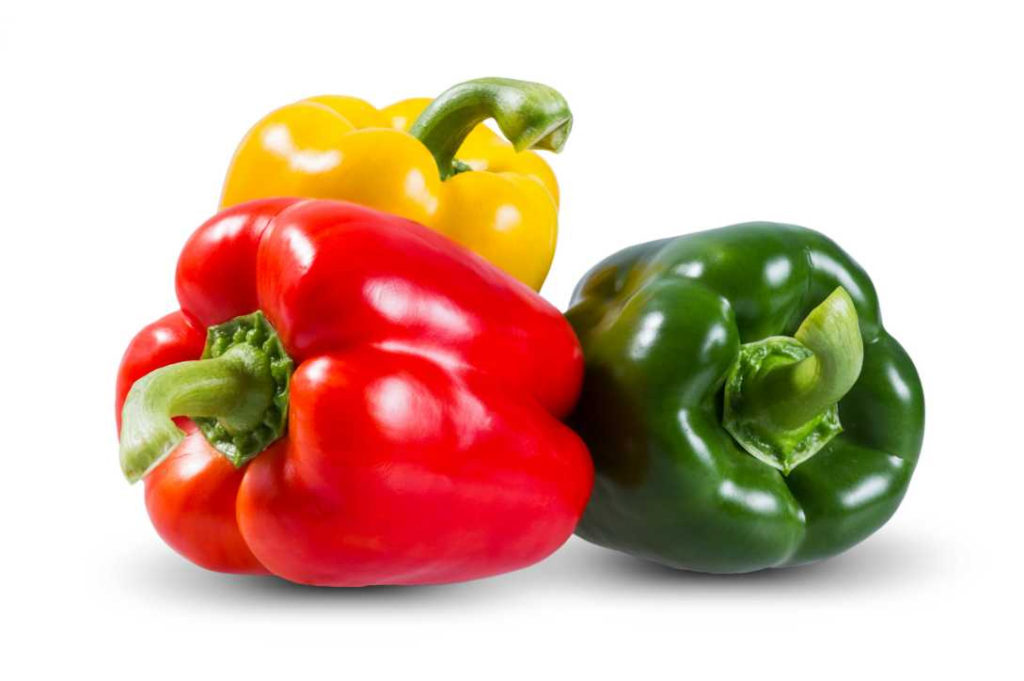AQUAPONIC FARMING
Aquaponic farming is the combination of aquaculture, which is the science of growing fish and other aquatic animals, and hydroponics, which is the science of growing plants without soil.
Aquaponics uses these two in a symbiotic combination in which plants are fed the aquatic animals’ discharge or waste (primarily ammonium and ammonia). In return, the plants clean the water that goes back to the fish. Along with the fish and their waste, microbes play an important role in providing nutrition to the plants. These beneficial bacteria gather in the spaces between the roots of the plant and converts the fish waste and the solids into substances the plants can use to grow. The result is a perfect collaboration between aquaculture and gardening.

Plant growth is further boosted in the aquaponic system as, unlike plants growing in soil (and thus being watered every other day), aquaponic farms provide a perpetual flow of water through the root systems.
Furthermore, the plant doesn’t have to use a lot of its growing strength to push out roots in the soil to find nutrients, so this energy get used to grow bigger and produce more fruit per plant. The yield can be as much as 4.2 times larger than the yield of the same plant in soil. In addition, the time required for a plant to reach maturity or produce fruit is shortened.
Lastly, because the nutrients are flowing right through the roots of the plants, the plants can be spaced more closely together, which means more plants can be planted and harvested per hectare. This means that a larger harvest can be produced in a quicker timeframe, in a smaller space, and with significantly lower water usage.
Farm Overview
We are planning to build 500 “dam segments”, each consisting of a fish holding dam, a bio filter, and a plant dam. In each plant dam there will be 920 plants (peppers), and in each fish holding pond there will be 750 fish.
The fish holding ponds will use 5,155 kg of food (specific fish food with 43% nutritional value) per month. This will allow each fish to reach 300 to 350 grams within 6 months, at which point they will be sold. The whole process is executed within climate-controlled tunnels.
Projected Yields
The farm will yield both fish and produce harvests. With each plant in each dam producing a minimum of four peppers, we will harvest a minimum of 3690 peppers per dam, 92 000 peppers per farm and 1,840,000 peppers across all 20 farms every three months.
Furthermore, we will be able to sell 187,000 fish every six months.
Control Network
We utilise a full electronic management system that allows us to monitor the water quality, temperature, oxygen, nitrate levels and more in each dam segment.
Emerging Farmers
Our ambition is to also empower local emerging farmers to replicate our model.We will teach and uplift these farmers, while also managing their dam segments remotely. These farmers will buy their seedlings from us, and we in turn will buy their produce, providing them with a guaranteed market.
With this combined volume, we will be able to negotiate a better price with our established sales network.
